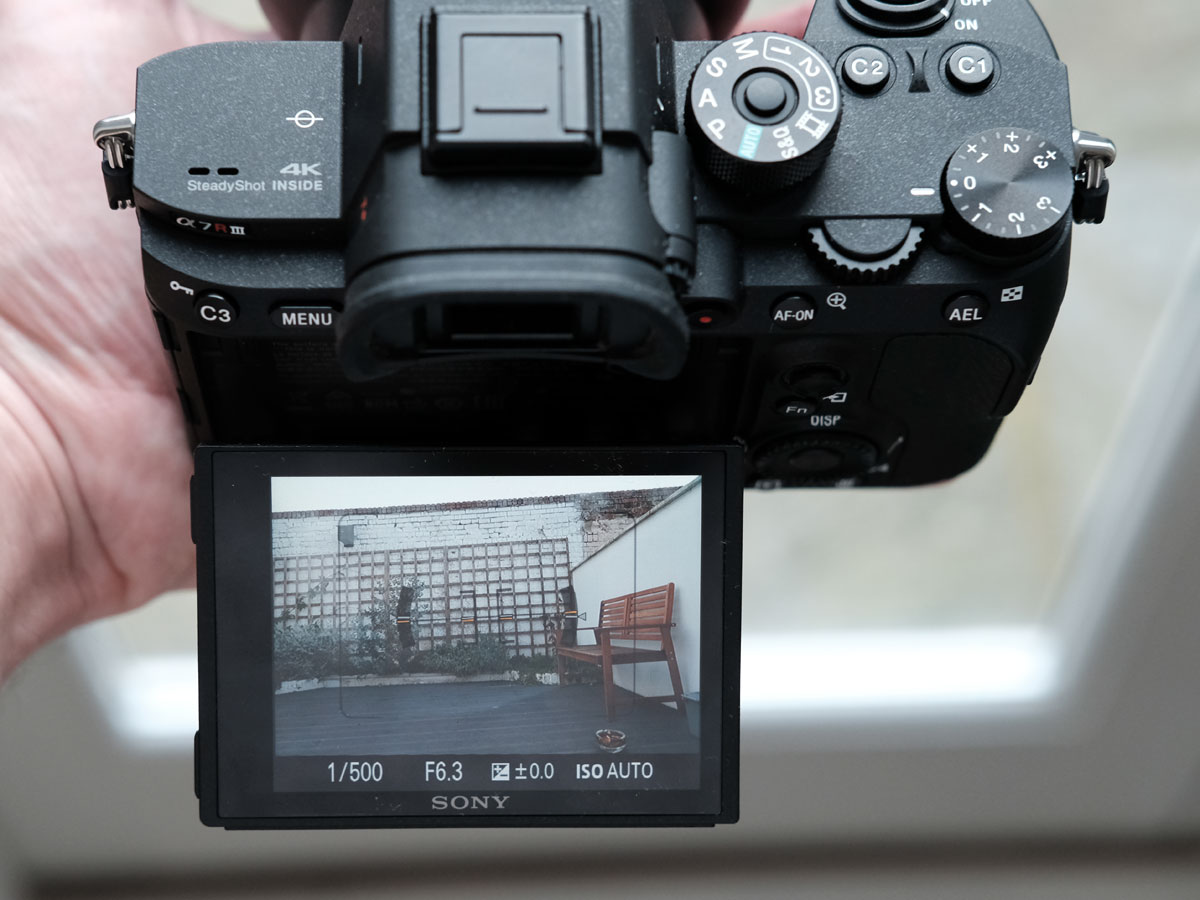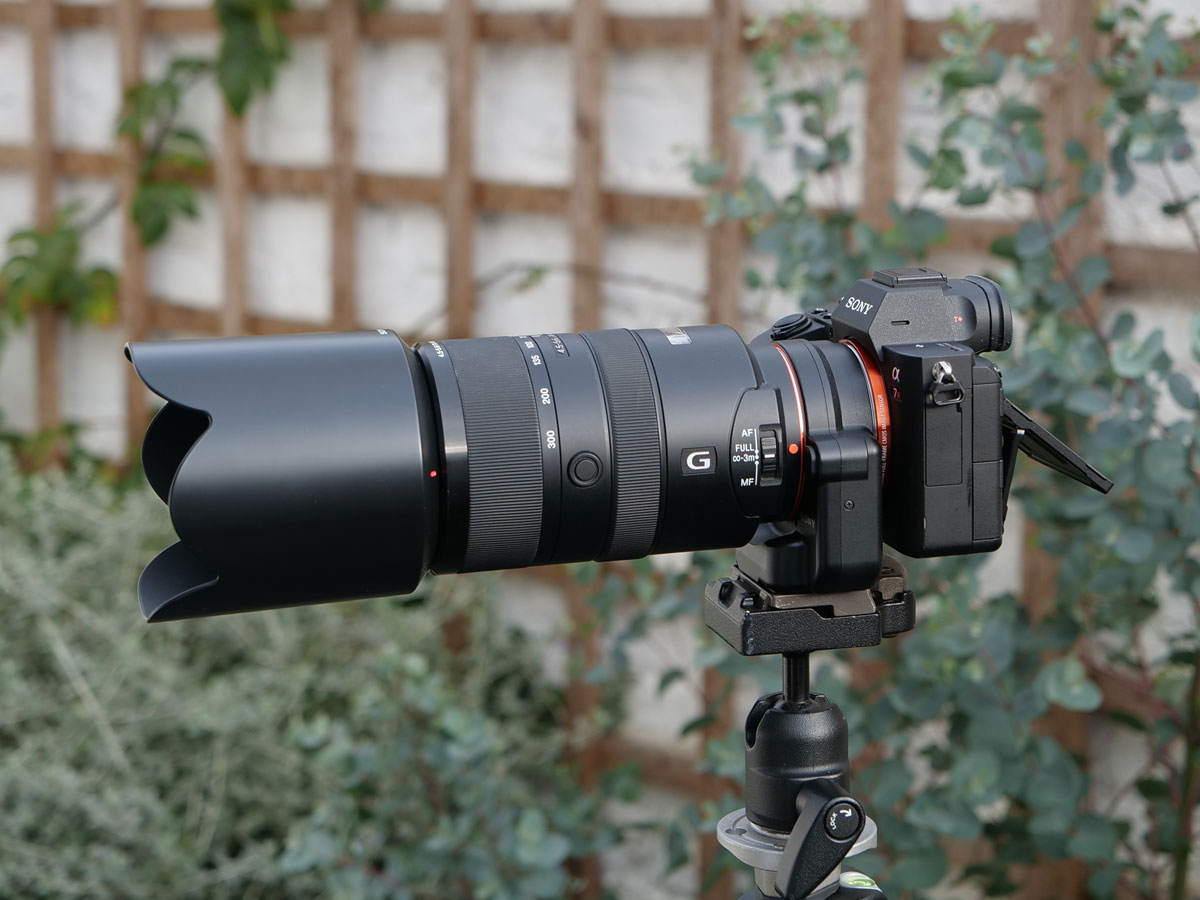Sony A7R III review
Sony hits the prosumer sweet spot with its latest full-frame camera

There’s never been a dud in Sony’s A7 range of mirrorless full-frame system cameras, and the A7R III doesn’t buck that trend.
We’ll get this out of the way now: this is a fantastically capable camera whether you’re using it for stills or video.
It is, however, over £3,000 without a lens, which makes it a daunting investment for all but the wealthiest of photographers. And with plenty of cheaper high-end mirrorless options on the market (including older A7 series full-frame models), the question of its value remains.
Without further ado, let’s dive in and see if Sony’s tweaks, improvements and new features are worth the outlay.
Design: sturdy, solid and largely the same
If you’re familiar with the existing A7 family, the A7R III fits right into the mould. In fact, from a distance you’ll find it a struggle to tell any of these cameras apart, as all of them share an angular silhouette, a black finish and both a screen and electronic viewfinder.
Like other A7 cameras, the body is chiefly made of metal, giving the A7R III the weight and sturdiness you’d expect from a £3000 camera. You could probably use it to hammer nails (although we don’t recommend it).
There are smaller, lighter mirrorless cameras around, but this is still remarkably compact for a full-frame model. It’s weatherproof too, so shutterbugs brave enough to venture out into the worst the British climate can chuck at them needn’t keep it under wraps during showers and snowstorms.
As for physical controls, the thing is fairly bristling with buttons and dials, including three “C” buttons that can be customised to give you a shortcut to your most used settings.
Not only that, but the LCD screen is touch sensitive, meaning you can swipe through videos and photos you’ve taken, or tap an area of the screen to set the focus point. Working with the (hugely extensive) menu system and on-screen UI, the controls give you plenty of scope for swift tweaks.
Features: big battery, fast focus
Image quality: simply stellar
The A7R III is a fantastically capable camera whatever you’re shooting.
Video, for example, can be captured at pristine 4K quality at up to 30fps with Hybrid Gamma Log HDR, or at up to 120fps at 1080p resolution (which allows for up to 4x slo-mo playback when shooting in the S&Q mode).
The A7S (of which a III edition is not yet announced, but will possibly arrive in 2019) might be the more video-centric camera in Sony’s range, but there’s no doubt that its new stablemate can rise to pretty much any occasion, whether you’re just shooting clips of your dog running around the garden or trying to make a professional-looking short film.
Video (and still) skills are helped immensely by the 5-axis in-body image stabilisation, which does a fine job of compensating for unsteady hands when recording. It’ll add 5.5 stops of stabilisation, according to Sony, which means you can shoot stills at much lower shutter speeds than you’d normally be able to.
Stills, incidentally, look fantastically detailed. You might expect that of a 42.4MP full-frame sensor, but Sony has built upon the (also 42.4MP) A7R II’s performance with better low light abilities and a new pixel-shifting mode.
This shoots four RAW images of the same scene and merges them together into a super hi-res image with cleaner detail and crisper colours. A tripod is required here – and ideally a scene where nothing whatsoever is moving.
Sony isn’t the first company to do this, and you do need to do the merging on a computer rather than in the camera itself, but it delivers amazing results in the right situations.
Sony A7R III verdict

Stuff Says…
A true imaging powerhouse, with the price tag to match
Good Stuff
Fast burst mode and autofocus
Superb all-round video and still quality
Lengthy battery life
Bad Stuff
Large body by CSC standards
Screen tilts but doesn’t flip









